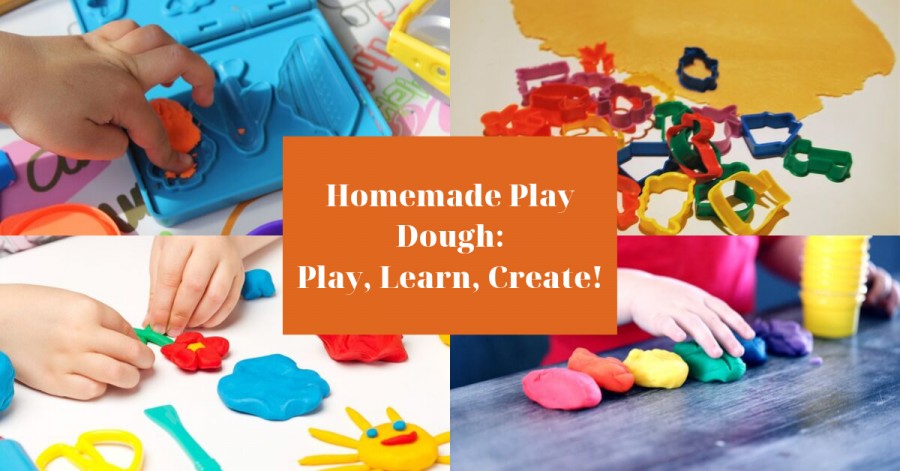Homemade Play Dough: Play, Learn, Create!
Published 04 October 2019 at 17:37
Tickikids Blog Dubai > After-School Activities > Homemade Play Dough: Play, Learn, Create!

Modeling with salty play dough is one of the most effective and exciting activities for children. While modeling a child can see, touch, feel and even change what he/she has created!
Let's define the main advantages of modeling:
- Children can creatively express their ideas about the world, their attitude towards it and the understanding of it.
- Children learns how to organize their work and complete it which helps the child to become independent.
- Modeling develops fine motor skills as child's hands acquire good flexibility.
- The most amazing thing is that the fine motor skills affect the development of a child's speech - there are many zones on the hands that can influence the internal organs.
- Modeling develops the child's brain - imagination development, attention concentration.
- It is important and valuable that modeling does not only increase the efficiency of the brain, but also helps the child to perceive the world differently, to see the beauty of the world around them. Modeling develops the child's aesthetic taste.
- Modeling process has a calming effect. So, modeling develops perseverance, normalizes sleep, reduces the extra activity and irritability of the child.
.jpg)
Why do we recommend salty play dough among another materials?
There are some reasons:
- It requires minimum of ingredients to make it at home
- It feels nice to touch
- It is eco-friendly
- You can even taste it!
- It dries quickly
- Salty dough can be colorful and colorless - colorless can even be painted!
Here are the best recipes for salty play dough
.jpg)
Recipe 1: A simple recipe of the salty play dough for modeling
Ingredients:
- Wheat flour - 1 cup;
- Fine salt - 1 glass;
- Cold water - ½ cup;
Salty dough kneading:
- Mix the dry wheat flour and the dry fine salt.
- Use food colors, e.g. the ones that are used for Easter eggs to color the dough.
- Gradually add water to the mixture and touch the dough - the mass must not crumble and stick to the fingers (if you take flour, salt and water in the ratio of 2: 2: 1).
- Increase or decrease the amount of liquid depending on the flour's fluffiness.
- Test your salty dough this way: roll a ball out of it and make a small hollow in it with your finger; the mass should be elastic, it should not spread and should restore its shape gradually.
Recipe 2: Recipe of the salty play dough with starch
This recipe is suitable for miniature crafts because starch adds additional elasticity to the dough.
Ingredients:
- Wheat flour - 1/2 cup;
- Fine salt - 1 cup;
- Cold water - ½ cup;
- Starch - ½ cup.
Salty dough kneading:
- Mix the flour, starch and add fine salt.
- Add cold water gradually, gently kneading the elastic homogeneous mass.
Your salty dough is ready!
Now let's start modeling! See these modeling ideas and create your own ones
.jpg)
Modeling lessons develop patience, perseverance, diligence, attentiveness of the child. All these personality traits will benefit a child in the adult life, so setting aside some time now and doing some modeling with your little ones is worth the efforts!